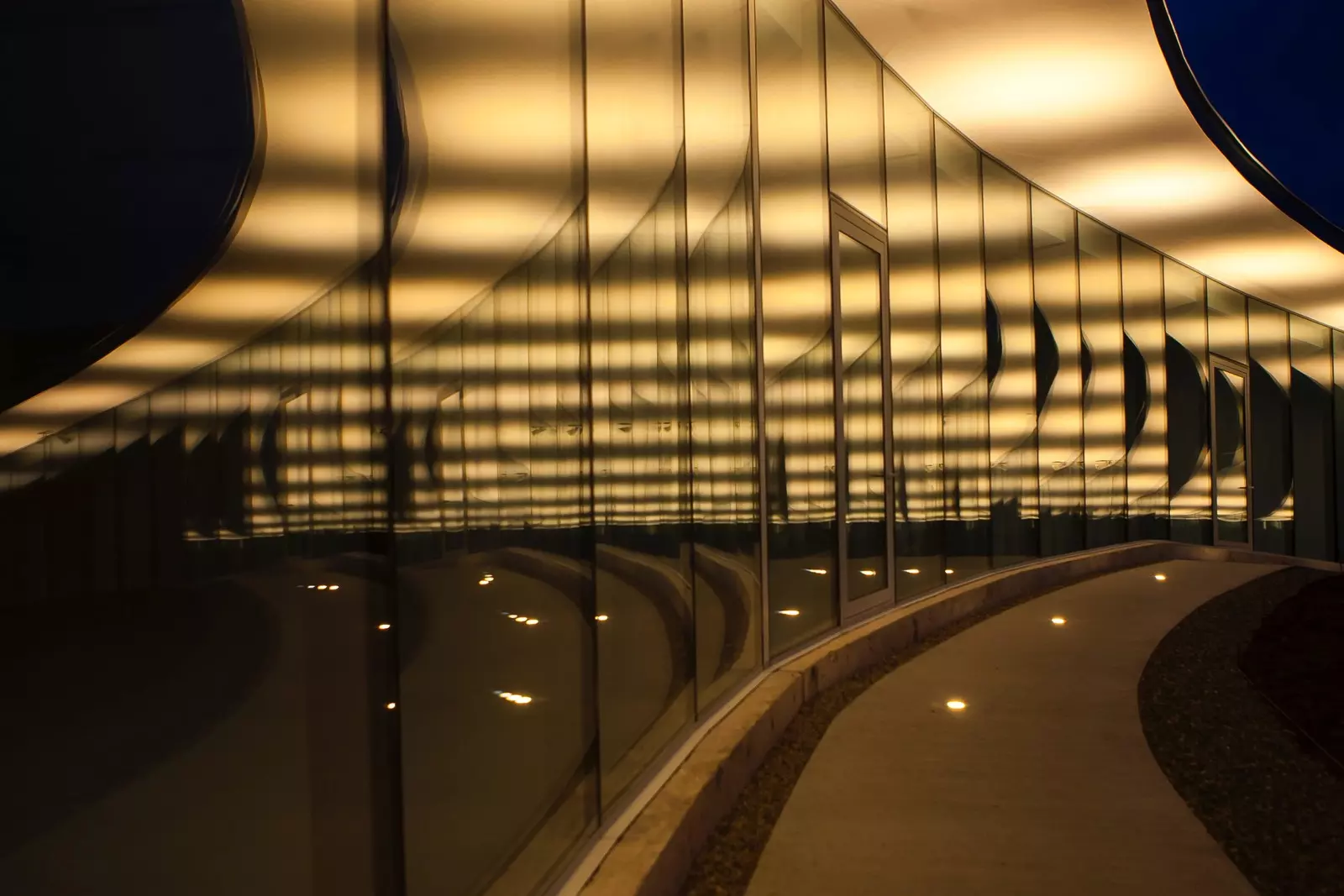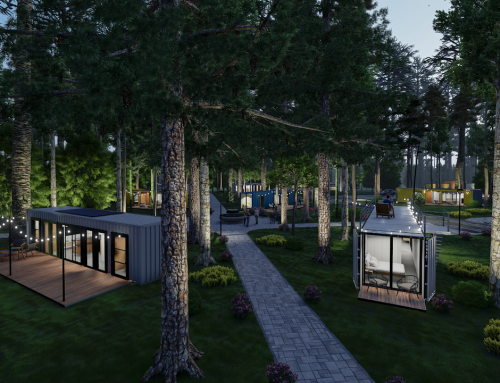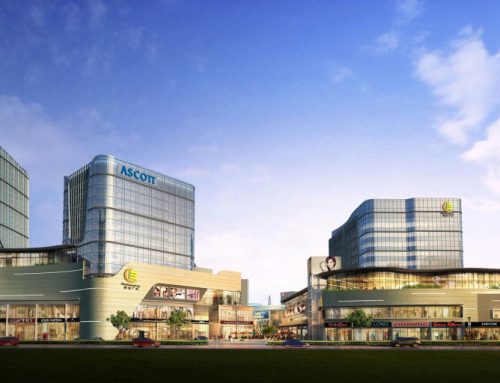Think you need a smart building? Here are 8 real business drivers for adopting real estate tech
Smart buildings – or ‘proptech’
Yet this linear approach to problem solving is not always fully applied during the development and selection of real estate and smart building technology. There are many great new property technology companies – known as ‘proptech’. They espouse advantages like increased revenues, improved tenant satisfaction and decarbonization, and many of them are extremely effective. But the sheer choice of solutions can complicate the selection process.
Decision makers across the value chain sometimes integrate new technologies into their existing operations and functions without a comprehensive understanding of how the technology will solve specific problems. While there is a broad understanding of the overarching challenges of the sector, such as carbon intensity or changes to how people work, a key step in the decision-making process can be missed: directly connecting the key business drivers behind the need for technology to the technology’s ability to deliver on that need.
Over the course of 2021, the World Economic Forum convened a multistakeholder Taskforce on Digital Transformation to dissect some of the barriers preventing more widespread adoption of smart building solutions within the commercial office context. One key finding was that technologies are often adopted without proper clarity on the business drivers and the metrics to measure return on investment.
Over 30 experts across the real estate value chain, from investors, to owners, managers and technology service providers, shared their primary reasons for why they, or the industry in general, are looking to adopt technology. They also considered why the sector is keen to utilize smart building technologies. This exercise yielded eight key business drivers, not in order of importance, that lie a layer or two beneath the overall objectives of revenue generation and asset appreciation.
8 business drivers for smart building tech
1. Health and Wellbeing: improve the overall physical, mental and social wellbeing of building occupants.
2. Sustainability: reduce operational and embodied carbon emissions for meeting specific environmental targets.
3. Occupant Satisfaction: improve the tenant experience and meet the needs of lease decision makers and other occupants.
4. Space Utilization: optimize the design and use of space to support lease decisions, meet occupants’ needs and create space for collaboration and innovation.
5. Brand Recognition and Loyalty: help with industry recognition, word-of-mouth business generation and building customer loyalty.
6. Risk Reduction: increase preparedness and mitigation strategies along with reducing the overall impact of acute and long-term shocks.
7. Increased Efficiency and Cost Reduction: increase operational efficiency that results in lower costs to preserve and improve margins.
8. Data Aggregation: collect and analyze high-quality, reliable data to identify new business services, obtain insights to support business goals, and make informed decisions.
Consideration of these drivers is critical to making successful technology investments and developing effective technology solutions. Approaching the decision-making process with more specificity around how to increase revenue and/or asset value can help avoid the selection of technology that ultimately does not change the bottom line.
Technology can add value to real estate and there are numerous examples including a case study cited in the Insight Summary of a large mixed-use building in Montreal, which sought to reduce operational expenses and decrease emissions without significant investment or changing its Delta Controls HVAC system. With the use of a cloud-based AI solution, enabling seamless communication with the building management system, stakeholders were able to save $30,000 and over 320,000 kWh of reduced consumption in just two months.
The Taskforce also cited the pervasive disconnect and miscommunication, both within the sector and between the sector and technology service providers. One often does not fully understand the other, leading to unproductive conversations and a failure to identify appropriate solutions. This can slow digitalization efforts and minimize the optimization of technological benefits across the business. Understanding, at a more nuanced level, what an owner, tenant or investor is trying to achieve can help ensure delivery of a more targeted technology solution and cross-functionally.
Real estate is digitalizing more rapidly. Space will get smarter, more responsible, cleaner and more resilient only if technology is adopted for the right purpose and barriers to adoption are identified and addressed.
Knowing what problems require solutions can help accelerate the process and ensure buildings become more liveable, sustainable and resilient – and of course, more valuable. This begins with truly understanding the business drivers requiring smart building technology in the first place.






